Life at Christ Church: 1866 to 1892
Christian Education for local children
From its earliest times, providing a Christian education for local children was a key priority for Christ Church. This was shown by the immediate establishment of a ‘Day School for Children of the Labouring Class’ opened on 25th March 1867, once the building previously used for ‘The Temporary Church of St James’ had been vacated. A report of the school’s first accounts survives.
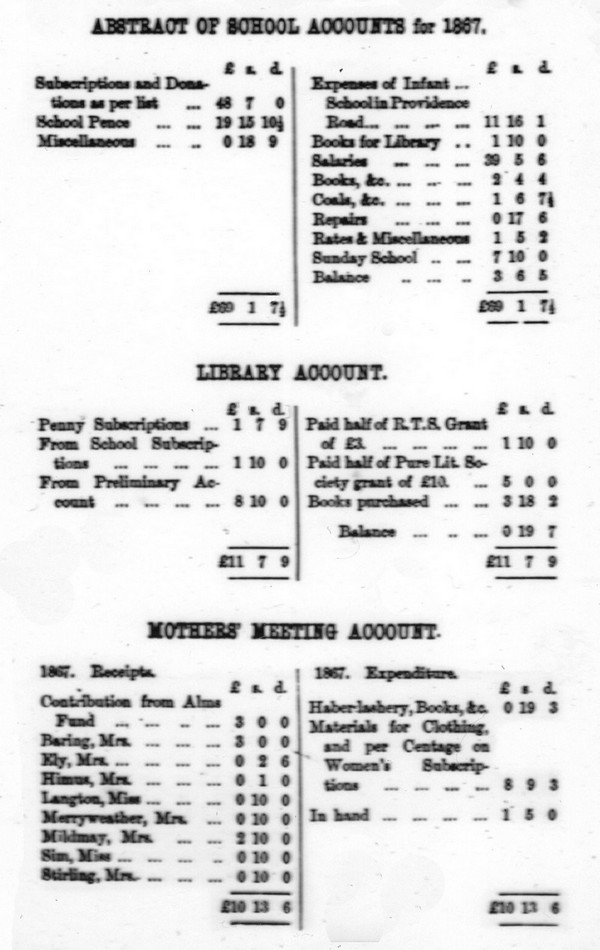
There is also a notice of a recital of songs and readings held there on January 13th 1868 to raise funds for a village library.

It was also used as a Sunday School at 9.30 and 2.30. Christ Church School in Lime Grove was built in 1870 (shown below) and the school at Elm Road in 1896.
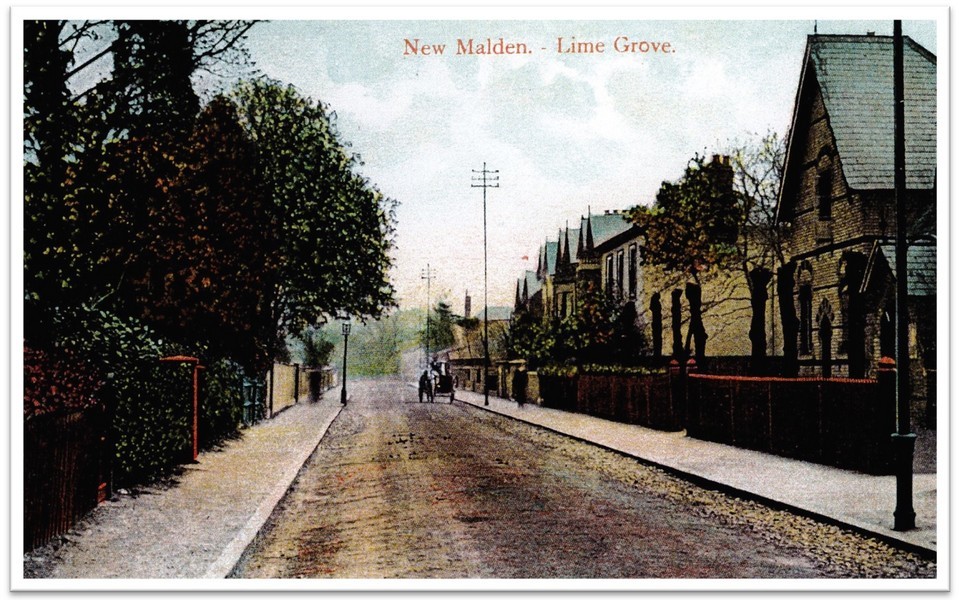
Holy Trinity
In 1870 a breakaway church from Christ Church was formed – Holy Trinity. Opposition to the Anglo-Catholic revival in the Church of England had led to the establishment of ‘The Free Church of England’ from the 1840s and a fierce local dispute with Charles Stirling, focused on the use of Christ Church School, then led to this particular secession. Frederick Somner Merryweather, Churchwarden of Christ Church was part of the group that broke away.
The original iron building was replaced by the one shown in this photo in 1882.
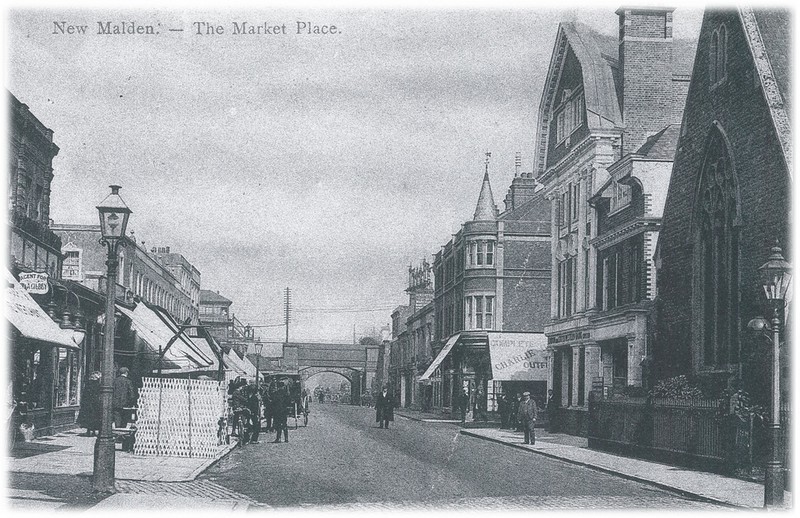
By the early 1900s Holy Trinity had faded and its building was purchased in 1911 by Graham Spicer to use for Bible classes and sports activities for young men. He died in the flu epidemic of 1918, whereupon it became the Graham Spicer Institute. The building was demolished in 1989 and replaced by Waitrose with a new ‘Graham Spicer’ in Dukes Avenue.
James Page and Mary Ann Baker
Photos survive from this period of James Page (1816-1892), Churchwarden of Christ Church 1872-73 and his wife, Mary Ann Baker (1829-1910).
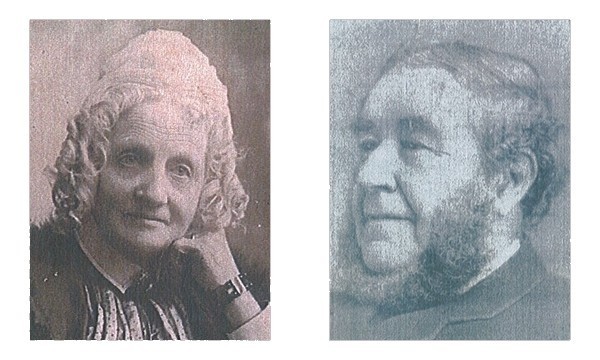
After their deaths, a stained glass window was given in memory of them and placed in the South Aisle.
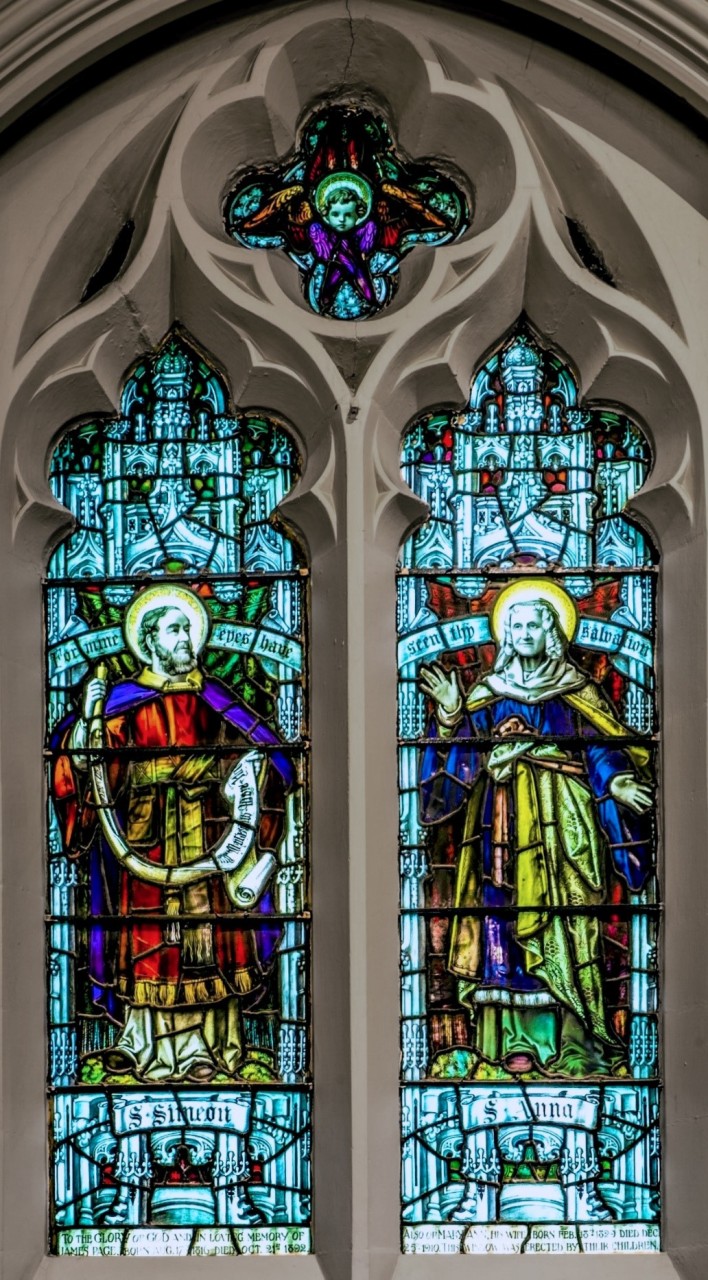
You will notice that James and Mary’s faces are used for the biblical characters of Simeon and Anna!
Mischief and Celebrations
Another photo from this time of the band marching outside Christ Church may be part of the celebrations for Queen Victoria’s Golden Jubilee in 1887.
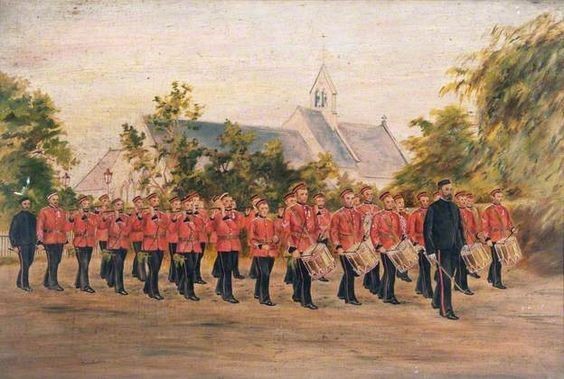
It may also be the Drum and Fife Band established ‘to keep young people out of mischief’ by then Churchwarden Charles Davis (who is remembered by a plaque on the present South Wall).
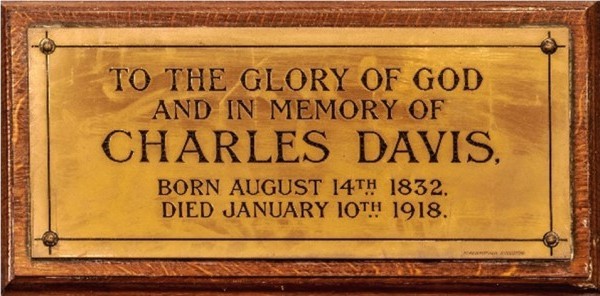
| Home | Building CCNM 1866-1892 | Life at CCNM 1893-1920 | ||
